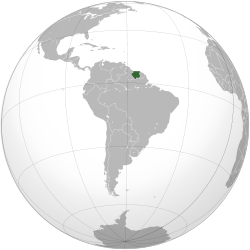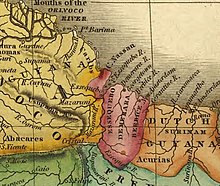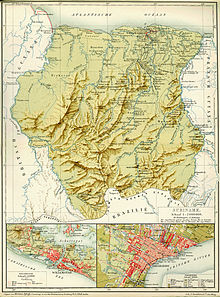Surinam (Dutch colony)
| |||||||||||||||||||||||||||||||||||||||||||||||||||||||||||
Read other articles:
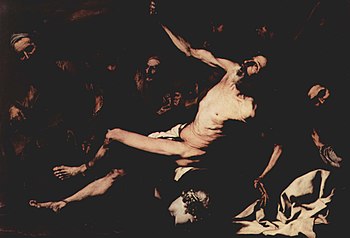
Painting by José de Ribera This article includes a list of general references, but it lacks sufficient corresponding inline citations. Please help to improve this article by introducing more precise citations. (October 2018) (Learn how and when to remove this message) The Martyrdom of Saint Bartholomew (c. 1630-1640) by Jusepe de Ribera The Martyrdom of Saint Bartholomew is a painting by the Naples-based Spanish artist Jusepe de Ribera, produced between 1630 and 1640 and now in the Galleria Pal…

هنودمعلومات عامةنسبة التسمية الهند التعداد الكليالتعداد قرابة 1.21 مليار[1][2]تعداد الهند عام 2011ق. 1.32 مليار[3]تقديرات عام 2017ق. 30.8 مليون[4]مناطق الوجود المميزةبلد الأصل الهند البلد الهند الهند نيبال 4,000,000[5] الولايات المتحدة 3,982,398[6] الإمارا�…

Place of burial For other uses, see Cemetery (disambiguation). Graveyard and Burial ground redirect here. For other uses, see Graveyard (disambiguation) and Burial Ground (disambiguation). This article has multiple issues. Please help improve it or discuss these issues on the talk page. (Learn how and when to remove these template messages) This article possibly contains original research. Please improve it by verifying the claims made and adding inline citations. Statements consisting only of o…

銮披汶·頌堪แปลก พิบูลสงคราม第3任泰國總理任期1938年12月16日—1944年8月1日君主國王拉玛八世前任披耶帕凤侯爵继任寬·阿派旺第8任泰國總理任期1948年4月8日—1957年9月16日君主國王拉玛九世前任寬·阿派旺继任乃朴·沙拉信 个人资料出生貝·基達桑卡(1897-07-14)1897年7月14日 暹罗暖武里府逝世1964年6月11日(1964歲—06—11)(66歲) 日本神奈川縣相模原市国籍 …

Seekor anjing terapi mengunjungi seorang lansia di sebuah panti jompo Panti jompo adalah sebuah fasilitas perawatan jangka panjang bagi lansia atau orang disabilitas.[1] Panti jompo dipakai oleh orang-orang yang tak perlu berada di rumah sakit, tetapi tak dapat dirawat di rumah. Referensi ^ Types of Care Facilities. Care givers library. Wikimedia Commons memiliki media mengenai Nursing homes. Pengawasan otoritas Umum Integrated Authority File (Jerman) Perpustakaan nasional Amerika …

Map of Cuban diplomatic missions This is a list of diplomatic missions of the Republic of Cuba, excluding honorary consulates. Cuba has an extensive global diplomatic presence and is the Latin American country with the second highest number of diplomatic missions after Brazil. Current missions Africa Host country Host city Mission Concurrent accreditation Ref. Algeria Algiers Embassy Countries: Sahrawi Republic [1] Angola Luanda Embassy Countries: São Tomé and P…

King NothingSingel oleh Metallicadari album LoadSisi-BAin't My Bitch (live)Dirilis7 January 1997[1]FormatCD singlecassetteDirekamMei 1995 – Februari 1996 di The Plant Studios, in Sausalito, CaliforniaGenreHeavy metalDurasi5:28LabelElektraPenciptaJames HetfieldLars UlrichKirk HammettProduserBob RockJames HetfieldLars UlrichKronologi singel Metallica Mama Said (1996) King Nothing (1997) The Memory Remains (1997) Video musikKing Nothing di YouTube King Nothing merupakan salah satu single …

Trinitarian doxology A Latin chant setting of the Gloria Patri from the Liber Usualis, with two euouae alternatives The Gloria Patri, also known as the Glory Be to the Father or, colloquially, the Glory Be, is a doxology, a short hymn of praise to God in various Christian liturgies. It is also referred to as the Minor Doxology (Doxologia Minor) or Lesser Doxology, to distinguish it from the Greater Doxology, the Gloria in Excelsis Deo. The earliest Christian doxologies are addressed to the Fathe…

Dental tool Periodontal scaler Periodontal scalers have sharp tips to access tight embrasure spaces between teeth and are triangular in cross-section. A posterior scaler shown in relation to a posterior tooth on a typodont. Periodontal scalers are dental instruments used in the prophylactic and periodontal care of teeth (most often human teeth), including scaling and root planing. The working ends come in a variety of shapes and sizes, but they are always narrow at the tip, so as to allow for ac…

The Omani film industry produced two feature films in 2014. This article fully lists all non-pornographic films, including short films, that had a release date in that year and which were at least partly made by Oman. It does not include films first released in previous years that had release dates in 2014. Also included is an overview of the major events in Omani film, including film festivals and awards ceremonies, as well as lists of those films that have been particularly well received, both…

In response to the Iraqi invasion of Kuwait The 1990 oil price shock occurred in response to the Iraqi invasion of Kuwait on August 2, 1990,[1] Saddam Hussein's second invasion of a fellow OPEC member. Lasting only nine months, the price spike was less extreme and of shorter duration than the previous oil crises of 1973–1974 and 1979–1980, but the spike still contributed to the recession of the early 1990s in the United States.[2] The average monthly price of oil rose from $1…

Bulgaria Government of BulgariaМинистерски съветCentral governmentOverviewEstablished5 July 1879 (1879-07-05)StateBulgariaLeaderPrime Minister of BulgariaAppointed byNational Assembly of BulgariaResponsible toNational Assembly of BulgariaHeadquartersThe Largo,SofiaWebsitehttps://www.gov.bg/en The Council of Ministers (Bulgarian: Министерски съвет, Ministerski savet) is the main authority of the executive power in the Republic of Bulgaria. It consist…
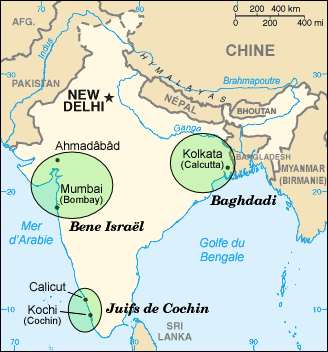
Vous lisez un « article de qualité » labellisé en 2005. Si ce bandeau n'est plus pertinent, retirez-le. Cliquez ici pour en savoir plus. Certaines informations figurant dans cet article ou cette section devraient être mieux reliées aux sources mentionnées dans les sections « Bibliographie », « Sources » ou « Liens externes » (octobre 2023). Vous pouvez améliorer la vérifiabilité en associant ces informations à des références à l'aide d'…

See also: Category:Alumni of Girton College, Cambridge This article needs additional citations for verification. Please help improve this article by adding citations to reliable sources. Unsourced material may be challenged and removed.Find sources: List of alumni of Girton College, Cambridge – news · newspapers · books · scholar · JSTOR (January 2014) (Learn how and when to remove this message) This is a list of alumni of Girton College, Cambridge. Margr…

In this Spanish name, the first or paternal surname is Aguilar and the second or maternal family name is Chacón. Manuel Aguilar Chacón Manuel Aguilar Chacón (12 August 1797, San José, Costa Rica – 7 July 1846) was head of state of Costa Rica from April 1837 to March 1838.[1][2] Early life He was born in San José, Costa Rica, on August 12, 1797. Was the son of Miguel Antonio Aguilar y Fernández (who ordained as a priest after widowing) and Josefa de la Luz Chacón …

Analytic function in mathematics The Riemann zeta function ζ(z) plotted with domain coloring.[1] The pole at z = 1 {\displaystyle z=1} and two zeros on the critical line. The Riemann zeta function or Euler–Riemann zeta function, denoted by the Greek letter ζ (zeta), is a mathematical function of a complex variable defined as ζ ( s ) = ∑ n = 1 ∞ 1 n s = 1 1 s + 1 2 s + 1 3 s + ⋯ {\displaystyle \zeta (s)=\sum _{n=1}^{\infty }{\frac {1}{n^{s}}}={\frac {1}{1^{…
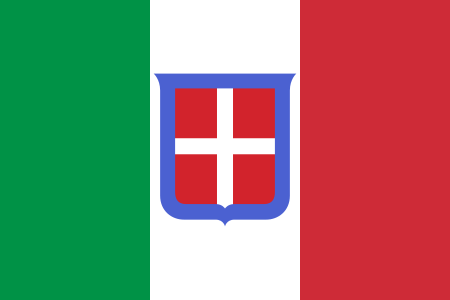
لويجي كادورنا المارشال لويجي كادورنا معلومات شخصية الميلاد 4 سبتمبر 1850(1850-09-04)فربانيا، بييمونتي سردينيا (جزء من إيطاليا في الوقت الحالي) الوفاة 21 ديسمبر 1928 (78 سنة)بوردييرا، إيطاليا مواطنة مملكة إيطاليا (17 مارس 1861–21 ديسمبر 1928) الأب رافاييل كادورنا الحياة العملية المهنة …

Giorgio MichettiNascitaFrancavilla al Mare, 29 maggio 1888 MorteRoma, 4 febbraio 1966 Dati militariPaese servito Italia Forza armataRegio Esercito CorpoCorpo aeronautico militare Reparto43ª Squadriglia Caccia76ª Squadriglia Caccia GradoTenente GuerrePrima guerra mondiale DecorazioniMedaglia d'argento al valor militare (2) wwiaviation.com[1] voci di militari presenti su Wikipedia Manuale Giorgio Michetti (Francavilla al Mare, 29 maggio 1888 – Roma, 4 febbraio 1966) �…

Pakistani field hockey player (1927–2019) Abdul Hamid HamidiCaptain of Pakistan field hockey team Abdul Hamid Hamidi at the victory stand of the 1960 Olympics field hockey tournament. Pakistan clinched gold, India silver and Spain bronze medal.Personal informationNationality British Indian (1927-1947) Pakistani (1947-2019)Born(1927-01-07)7 January 1927Ghoriwala, Bannu, British IndiaDied11 July 2019(2019-07-11) (aged 92)Rawalpindi, Punjab, Pakistan (laid to rest at Judge Kila Graveyard, Gh…
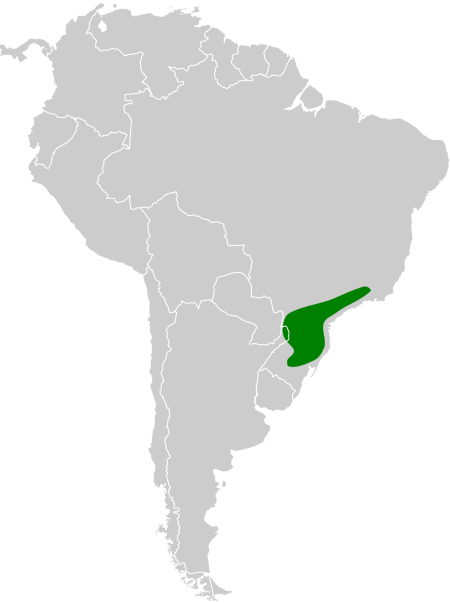
Species of bird Araucaria tit-spinetail Conservation status Near Threatened (IUCN 3.1)[1] Scientific classification Domain: Eukaryota Kingdom: Animalia Phylum: Chordata Class: Aves Order: Passeriformes Family: Furnariidae Genus: Leptasthenura Species: L. setaria Binomial name Leptasthenura setaria(Temminck, 1824) The Araucaria tit-spinetail (Leptasthenura setaria) is a Near Threatened species of bird in the Furnariinae subfamily of the ovenbird family Furnariidae. It is found …


